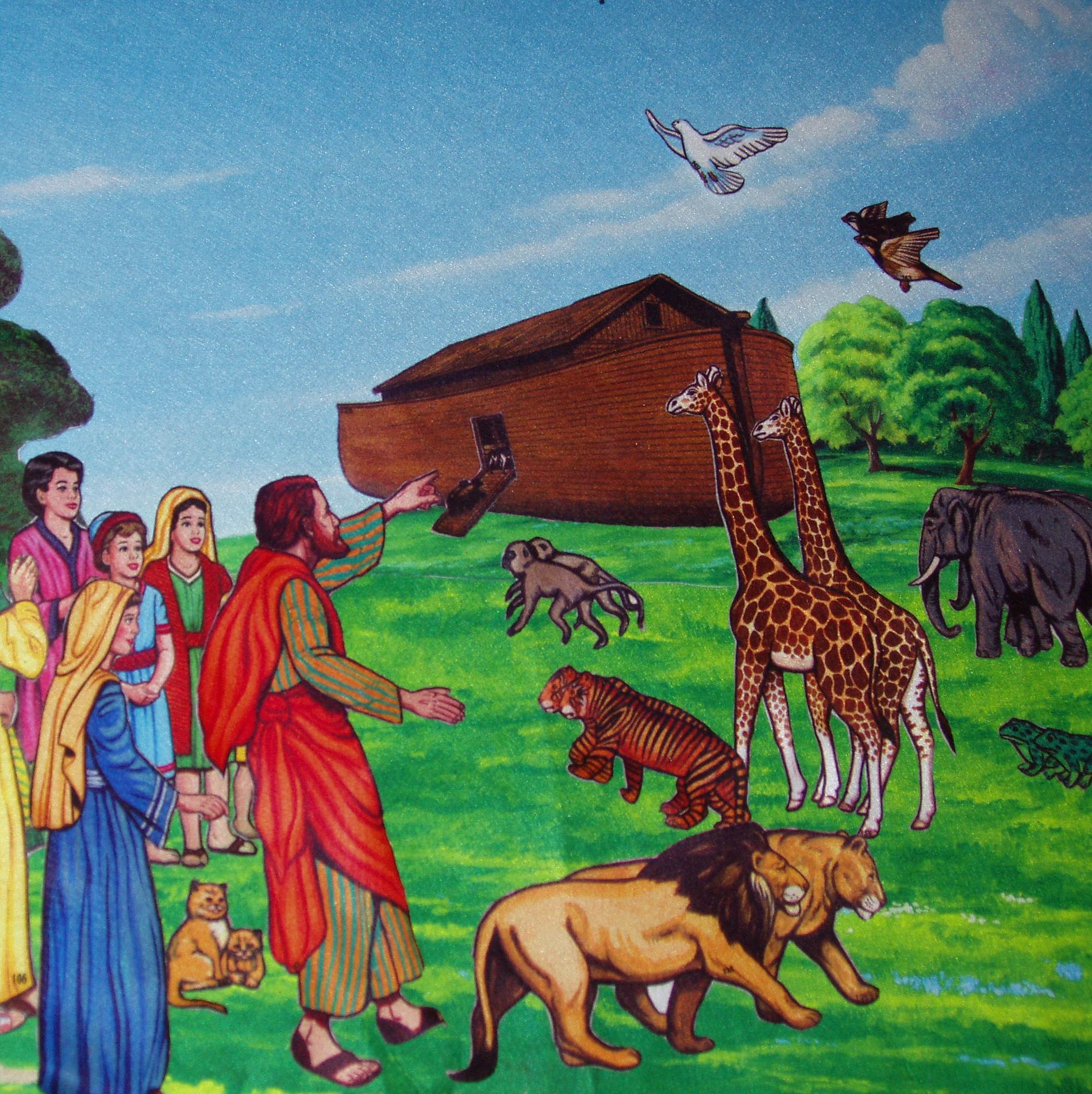by Josh Zappone
Many of us encounter the stories of Saul and David, Moses and Pharaoh, Adam and Eve, or Noah and the Ark as children or at least presented in a simplified form at least sometime in our lives. Would you call those stories personally life changing?
When I read the story of Saul I think of the children’s books I read as a kid and the flannelgraph figures acting out stories. The Bible is full of stories that fill children with wonder, and it is amazing to see how kids pick out simple truths that cut deep into the truth of life. Kids, and in my context students, can teach us a lot about reading the Bible. The trouble is that biblical narratives (Bible stories) are deep and complex. They address issues and use complex literary devices that are beyond a child’s concrete thought processes. The stories are meant to be pondered, read and reread. Over time we start seeing themes emerging tying all the stories together and we begin to develop a biblical imagination. The Bible is not a children’s book.
For instance, the Bible rarely tells us details about appearance and when it does it is always significant (think Zacchaeus). When you read the story of Saul the author gives us a description of his looks, he is taller than all the Israelites and very handsome. Saul is a man a height and power, and yet when he is chosen as Israel’s leader by lot he is hiding among the baggage! Saul’s height points the reader to his arrogance and pride throughout the story. The picture of Saul is contrasted with David, who is also said to be handsome (and with beautiful eyes) and described to smaller in stature and a young man. David is portrayed as humble and obedient where Saul was disobedient and proud. The differences we see in Saul and David are especially apparent when Goliath comes on the scene. The tallest in all the land versus Saul’s army. Yet it is the youngest son of Jesse who takes him on after discarding Saul’s armor.
In addition, the Bible also doesn’t typically present black and white characters, people who are either good or bad, but each person has a dimension of reality that presents the true struggles of the human condition. Children’s Bible story books leave a lot of that information out. In fact, if you grew up in Sunday school you might have adopted a very clear vision of Saul as the bad guy and David as the good guy. When we take time to meditate and ponder on the story we see that Saul was scared, he struggled with mental illness, he would never accept blame, he was insecure in his leadership position- many issues we find ourselves facing. Saul is not the “bad guy” in the story but he is a person, with flaws and choices that we all encounter. There is a depth to the Bible that I cannot adequately put into words here or even understand myself in a lifetime, but the challenge for you is to start exploring with an inquisitive mind and to learn about the depth of the Bible yourself. I am including a short video with this post that shares some of what I am trying to say. It is part of a series of videos that I think would make a great start for your discussions about the stories of the Bible and help you to understand the greatest stories ever told and how they form the greatest story ever told.
The Bible wasn’t written to be a children’s story book. It was written for adults and for thinkers who would meditate on it day and night (Psalm 1, Joshua 1:8). The stories are meant to be contemplated and thoughtfully pondered, and then you will find new depths and find yourself in the characters and find truth for your own life.
To find more of these videos go to: thebibleproject.com

